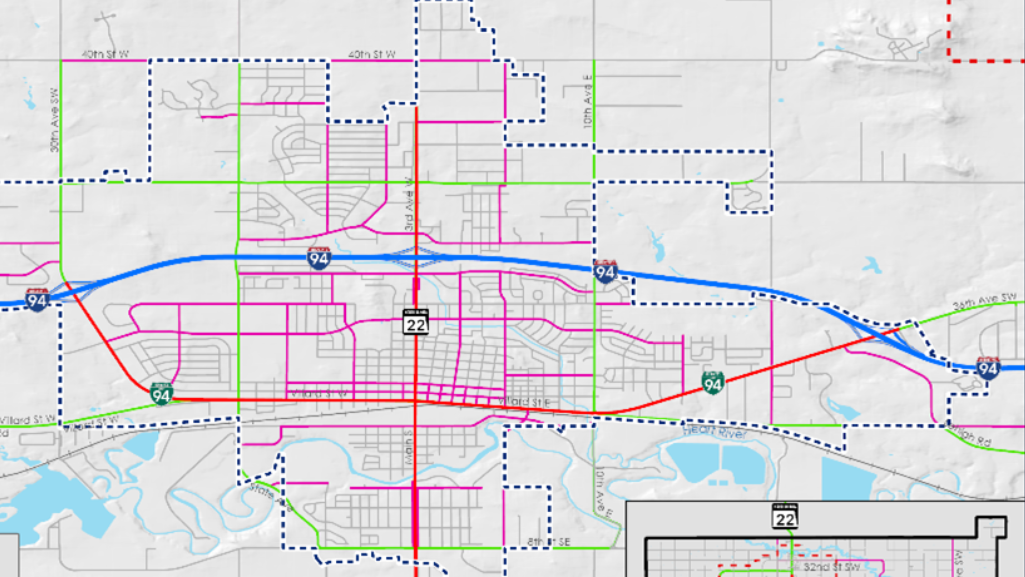Since the outbreak of the corona pandemic, transit systems all over the world are struggling with a drop in travel demand and low passenger numbers. New York City subway traffic, for example, is at just a third of the normal volume. In Madrid, passenger numbers dropped by 47% in 2020 compared to 2019. To maintain a high level of services in these demanding times, Metro de Madrid relies on a smart demand modeling solution.
Spain’s capital, home to almost 3.4 Million inhabitants, has one of the most extensive metro systems in the world, totaling 294 kilometers of railway network, 12 lines, and 302 stations. Normally, up to 2,7 million passengers use the subway every day – residents, commuters, and tourists visiting the second largest city in the European Union.
To ensure efficient operations and a high-quality service, it is essential for providers to have a detailed overview of passenger flows and demand across the entire network.
Travel demand model to optimize service
This is why the metro’s operator, Metro de Madrid, does more than just monitor passenger volumes. It also combines passengers’ counts and mobility patterns (from surveys and use of different ticketing fares) with a transport planning model developed with PTV Visum software. The model analyzes and estimates passenger flows and travel demand, which in turn helps the operative decision making.
The model enables the Metro operator to optimize its transport service in a demand and service-oriented way. It allows to estimate the travel demand on different lines during different times of the day, and thus plan the capacity and number of trains needed. Passenger flows and the travel behavior of users can be analyzed and predicted across the entire network and in all areas – including stations, platforms, and vehicles.
In the current pandemic, the demand model has become a key element for Metro de Madrid in adapting to the ever-changing situation as efficiently as possible and quickly adjusting schedules.
Key element in covid response
In order to manage Covid safety regulations within the metro system, the model was extended with additional components. These components, for example, helps to decide where and when stations should be closed to avoid overcrowding.
This supports transport planners of Metro de Madrid to make the right decisions and to find a good balance between higher capacities – needed to keep social distancing – and a general lower travel demand.
Silvia Roldan, CEO of Metro de Madrid, explains on her LinkedIn account: “Metro de Madrid generates travel demand using a system that collects data on access at the pay gates of all metro stations. To model the movements, this information is constantly updated in PTV Visum. Thanks to the degree of experience, we have achieved with this tool and the development of complementary projects, we are able to update the change in travel behavior on a daily basis. The main one of these projects is the estimation of origin-destination matrices from TTP data. With this input, we are getting a good theoretical approximation to the estimated train occupancy in the changing conditions of these dates, and with that, we can ensure that the service offer we propose, meets the requirements that the health authorities are demanding.”



